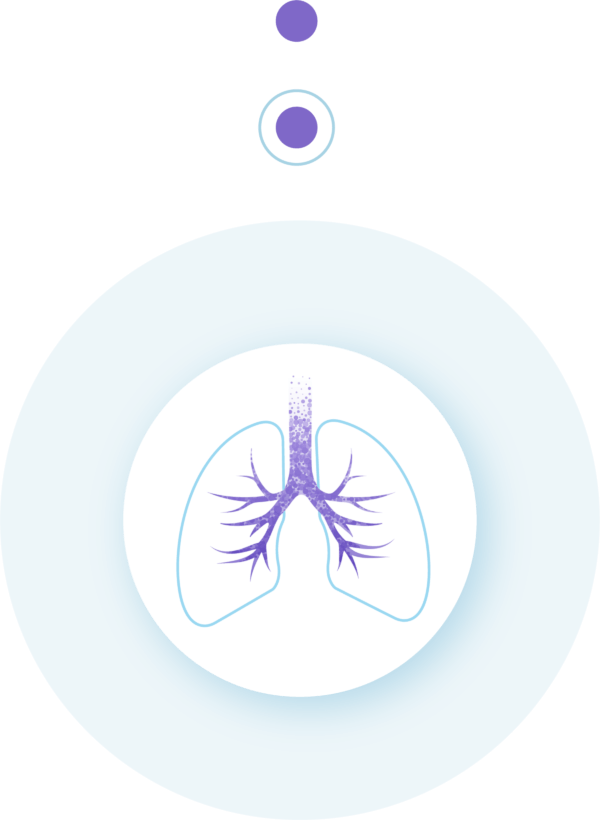Studieoverzicht
Study name: OSIBOOST 2
| Histology | NSCLC, only non-squamous | ||
|---|---|---|---|
| Tumor stage | Stage III - IV | ||
| Host / recruiting site 1 | Antoni van Leeuwenhoek | Enrollment | Recruiting |
| Host / recruiting site 2 | Erasmus MC | Enrollment | Recruiting |
| Host / recruiting site 3 | MUMC+ | Enrollment | Recruiting |
| Host / recruiting site 4 | UMC Groningen | Enrollment | Recruiting |
| Therapy line | First line (1L) , Later line (≥2L) | ||
| Design |
The OSIBOOST-2 project is designed with the intention to improve the cost-effectiveness of osimertinib treatment for all patients treated with osimertinib 80 mg QD for advanced EGFRm NSCLC. Therefore, based on disease status (≥ stable disease or CNS oligoprogression), patients may be enrolled in one of two sub studies (OSIBOOST 2-A and OSIBOOST 2-B, respectively). |
||
| Intervention | OSIBOOST 2-A: During this sub-study, participants in cohort 1 and 2 will receive cobicistat 150 mg QD, and an adjusted osimertinib treatment schedule, if possible according to their osimertinib Cmin,SS,ave (see trial design). Participants will undergo blood sampling for TDM at trial initiation, each three to four weeks during the period of finding the optimal cost-effective osimertinib dosing schedule including concomitant cobicistat (if needed), and during the continuation phase every 4 – 12 weeks. This implies 2 – 4 visits during the first three months of the trial. The patients will be asked to adhere to a medication regimen, as recorded in a medication diary, in which they will also record any toxicity or non-serious adverse event. OSIBOOST 2-B: During this sub-study, participants will receive cobicistat 150 mg QD concurrent with regular osimertinib 80 mg QD as an alternative intervention strategy for regular osimertinib dose escalation to 160 mg QD, and undergo additional blood sampling for TDM. The frequency of MRI cerebral imaging will be similar to which is regularly applied when osimertinib 160 mg QD is considered. Optionally, participants may optionally undergo a lumbar puncture before (visit 1) and during (either visit 2 or 3) concurrent use of osimertinib and cobicistat. |
||
| Key outcome parameters | OSIBOOST 2-A: The main endpoint will be the osimertinib cumulative dose reduction accomplished in individual patients, while retaining osimertinib exposure (i.e. osimertinib trough (Cmin,SS) levels within the specified provisional therapeutic range (125 – 259 ng/mL). OSIBOOST 2-B: The main trial endpoint will be CNS disease control rate (DCR) at twelve weeks. |
||
| Key inclusion criteria | In order to be eligible to participate in this OSIBOOST 2-A, a participant must meet all of the following
In order to be eligible to participate in OSIBOOST 2-B, a participant must meet all of the following
|
||
| Key exclusion criteria | A potential participant who meets any of the following criteria will be excluded from participation in
|
||
| Contact information | Log in voor de contactinformatie | ||




